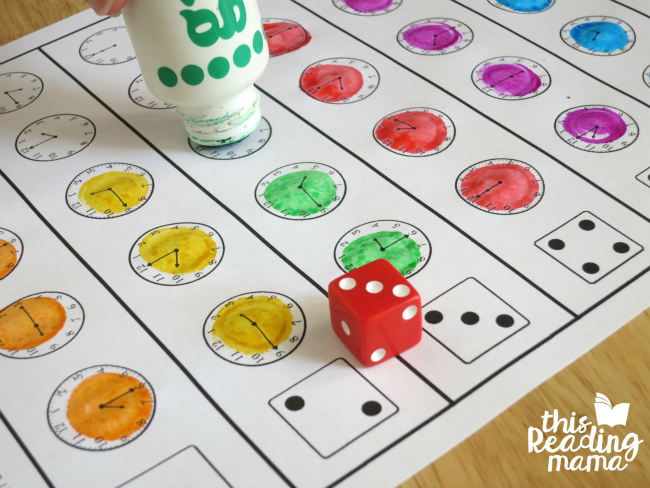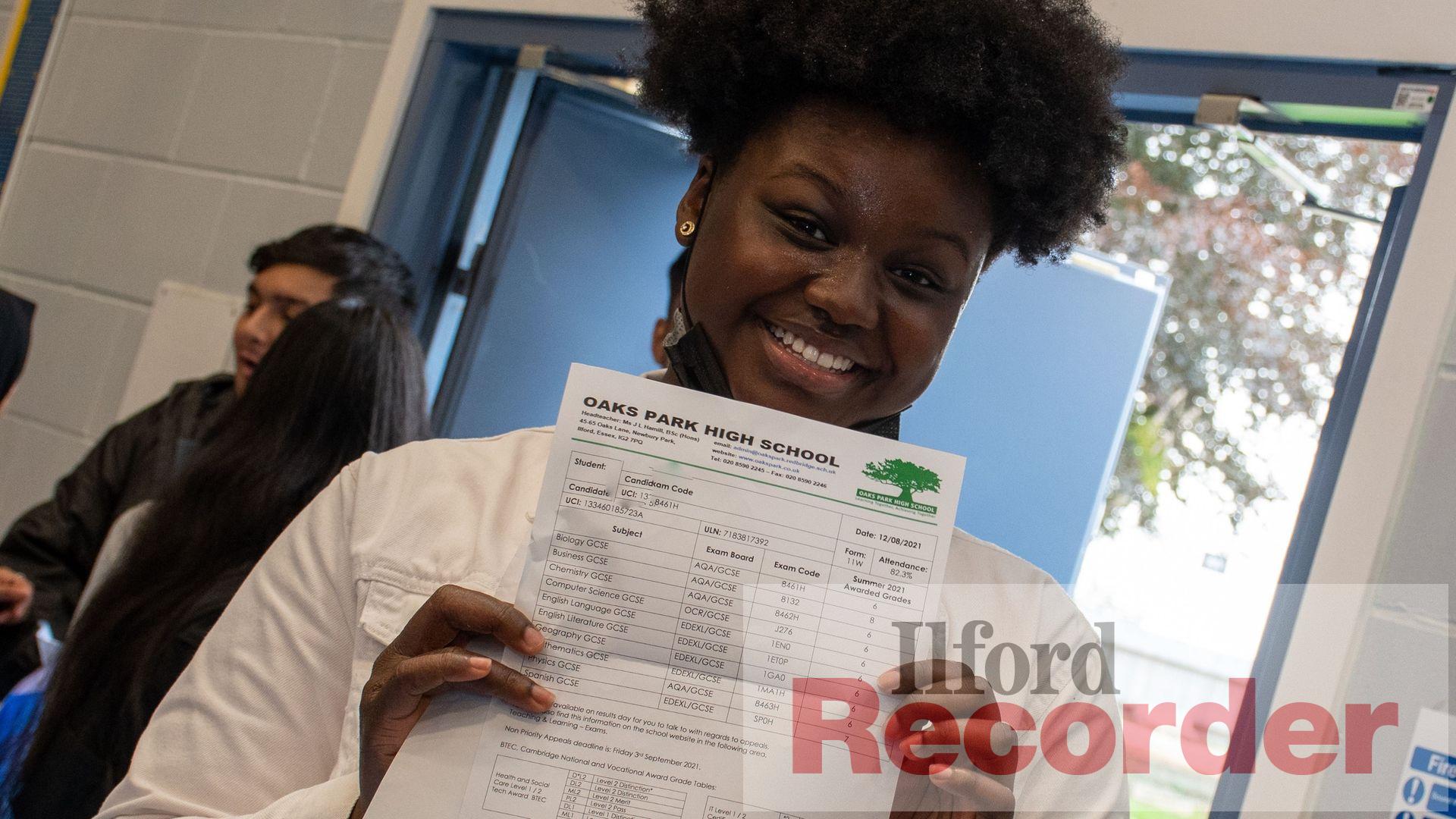
A great way to increase confidence and excitement is to practice subtraction facts. It is difficult for children to understand the process of subtracting from a group. To be able recognize the differences between two numbers, it takes concrete experience. Children can grasp this concept quicker if they are exposed to it through hands-on activities.
Bowling is an old classroom activity that helps children visualize subtraction. Students can subtract from the pile by either counting back or adding up. Students can also add units of time to find the amount of time it takes for them to complete the task.
Students in grades 2 and 3 can subtract two digits out of three digits or subtract two digits out of a group consisting only one digit. Students can also perform two-digit subtraction with regrouping. Subtraction with regrouping refers to dividing tens in to ones.

Subtracting from a group made up of tens is slightly easier than subtracting from a group made up of hundreds. Students can practice subtracting a group of tens from a group of hundreds by visualizing the tens as bundles of tens.
A game like "A la pesca de 10", which is based on the base ten number system, can be helpful for students. This game will help students understand that tens are groups made up of tens. One ten equals one hundred, and one hundred equals one hundred.
The Subtraction Game can be used as a classroom activity. Students are given several subtrahends. They are then expected to find the unknown mine. The player clicks on a minuend and subtracts the subtrahend. The player receives a score and a score on the subtrahends. Each card is kept if the player gets closer to zero. If the player is unable to get close to zero, they are out.
Around the World, a classic classroom activity, uses flashcards for students to learn the subtraction equation. The number of players will determine how many cards are used. There are a few cards at the beginning. As the game progresses, the number of cards becomes smaller. The game ends when there are no more cards.

Five Little Speckled Frogs, a game that teaches subtraction, is also a good option for students. These games are great for teaching children the concept of jumping by 1. They can also use finger puppets and cardboard characters to play the game. They can also review the subtraction fact with a Positive family.
Another great song about subtraction is the Five Little Monkeys. This is a great game for the entire family. It will also help children get used to the idea of jumping from one place into another. There are a few variations in the number of participants, but it works well with just one or two students.
FAQ
What are the different types of early childhood education?
There are many ways you can describe early childhood education. Some of the most popular ones are:
-
Preschool - Children ages 2 to 5
-
PreKindergarten - Children ages 4 to 6
-
Head Start/Headstart for Children Ages 0-3
-
Day Care/ Daycares - Children ages 0 to 5
-
Child Care Centers – Children aged 0-18
-
Family Child Care - Children ages 0 to 12
-
Home schooling - Children aged KG to 16.
How much does homeschooling cost?
There are no set costs for homeschooling. Some families charge between $0-$20 per lesson. Others offer their services free of charge.
However, homeschooling requires dedication and commitment. Parents need to make sure they have enough time to spend with their children.
Access to books, materials, and other learning aids is essential. Homeschoolers are often required to attend community events and participate in programs that complement their curriculum.
Parents must consider the costs associated with transportation, tutors, and extracurricular activities.
Homeschoolers should also plan ahead for vacations, field trips, and special occasions.
What is a vocational college?
Vocational schools offer programs specifically for people who wish to pursue a career in a certain field. They might also offer general education courses or training in the skills that employers require.
Because it helps young people to develop the skills that they need for success in life, vocational education is an integral part of society. It makes sure that every student has access to high-quality educational opportunities.
A vocational school gives its students many options. This includes certificates, diplomas/degrees, apprenticeships, certificates as well college transfer programs and other postsecondary credentials. Vocational schools offer both academic and practical courses in math, science and English.
Statistics
- And, within ten years of graduation, 44.1 percent of 1993 humanities graduates had written to public officials, compared to 30.1 percent of STEM majors. (bostonreview.net)
- Data from the Department of Education reveal that, among 2008 college graduates, 92.8 percent of humanities majors have voted at least once since finishing school. (bostonreview.net)
- Globally, in 2008, around 89% of children aged six to twelve were enrolled in primary education, and this proportion was rising. (en.wikipedia.org)
- Think of the rhetorical power of nineteenth-century abolitionist Harriet Beecher Stowe, Martin Luther King, Jr., or Occupy Wall Street activists with their rallying cry of “we are the 99 percent.” (bostonreview.net)
- They are also 25% more likely to graduate from high school and have higher math and reading scores, with fewer behavioral problems,” according to research at the University of Tennessee. (habitatbroward.org)
External Links
How To
Where can I go to be a teacher?
Teaching jobs are available for public elementary schools as well as private elementary schools.
A bachelor's degree at one of the following institutions is necessary to become a teacher.
-
A four year college or university
-
A program for associate's degrees
-
Some two-year community college programs
-
The combination of these types of programs
Candidates must fulfill state requirements to be eligible for teaching certification. These requirements include passing standardized exams and completing a probationary work experience.
Most states require that all candidates pass the Praxis 2. This test tests the candidate's comprehension of reading, writing and mathematics as well as their language arts skills.
Many states require applicants to get a specialized license to teach in their state.
These licenses are issued by the states' boards of education.
Some states grant licenses automatically without additional testing. If this is the case, the applicant should contact his/her state's board of education to verify.
Some states will not issue licenses to applicants who have not completed a master's program.
Some states permit individuals to apply directly at the state board or education for licensure.
There are many licenses available. They vary in cost, length, and requirements.
One example is that some states only require high school diplomas, while others require bachelor's degrees.
Some states have specific requirements for training, such a literacy or child-development course.
Some states require applicants to hold a master's in order for them to be licensed.
Many states will ask applicants for their prior employment information when they apply to become certified teachers.
It is possible to mention other professions in your application.
However, almost all states will accept work experience from any type of previous job.
You may wish to list your previous job title, position, and years of service.
This information can be very helpful for potential employers.
This shows that you have the relevant skills and experience.
Working may allow you to learn new skills or gain valuable work experience.
You can showcase this to future employers by putting your resume in their hands.